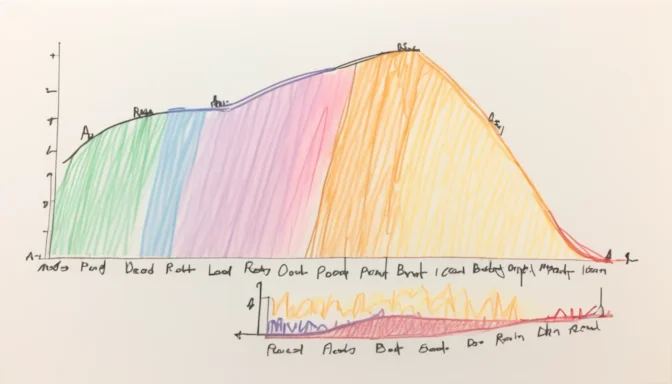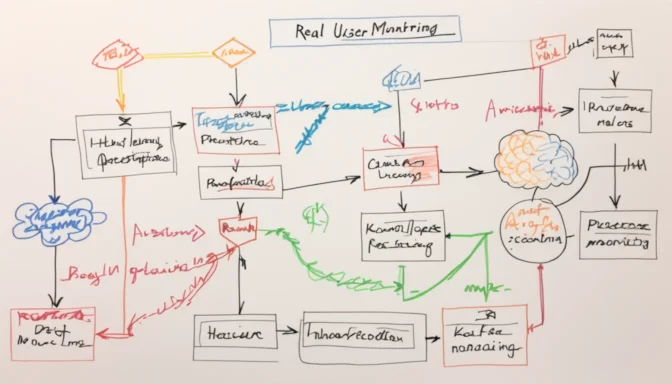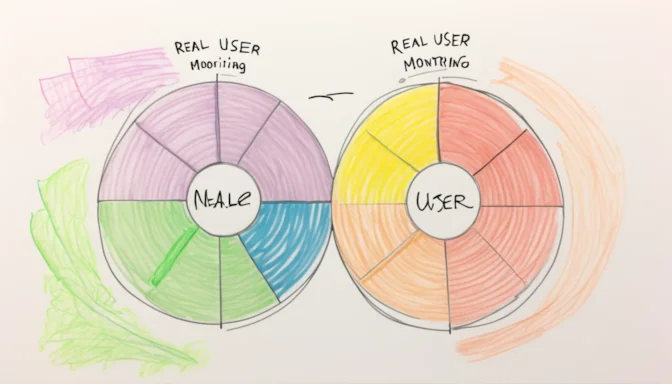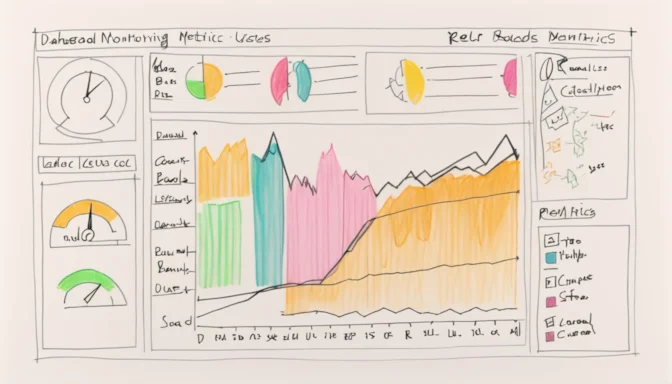What is Real User Monitoring (RUM)?

Real User Monitoring, often abbreviated as RUM, measures the actual performance of websites from an end-user's viewpoint. It captures metrics such as page load time and active users, and allows for filtering based on user location, browser type, and device.
Examples of Real User Monitoring

One widely-used example of RUM is Google Analytics, which tracks user interactions like page views, click paths, and browser versions. The tool summarizes these interactions in user-friendly reports.
Difference Between APM and RUM

While APM (Application Performance Monitoring) focuses on the backend, RUM concentrates on client-side performance. RUM captures real-world user experiences and interactions, offering unique insights that APM may not provide.
RUM vs Synthetic Monitoring

Real User Monitoring and synthetic monitoring serve distinct purposes. RUM captures long-term trends based on real usage, whereas synthetic monitoring targets short-term performance issues, particularly when real user traffic is low.
RUM Measurement Techniques

Real User Monitoring captures performance data across various scenarios, such as different devices and browsers, network speeds, and locations. This approach provides a more accurate picture of real-world performance compared to synthetic monitoring.
How Does RUM Work?

Real User Monitoring gathers extensive data on user interactions, including metrics like navigation start and speed index. This detailed data collection enables a thorough performance analysis, aiding in optimization efforts.
End-User Monitoring vs Real User Monitoring

Although both focus on monitoring user experience, Real User Monitoring specializes in capturing genuine customer interactions with your website. In contrast, end-user monitoring tools examine events like page loads and HTTP requests.
 E-Commerceo
E-Commerceo
